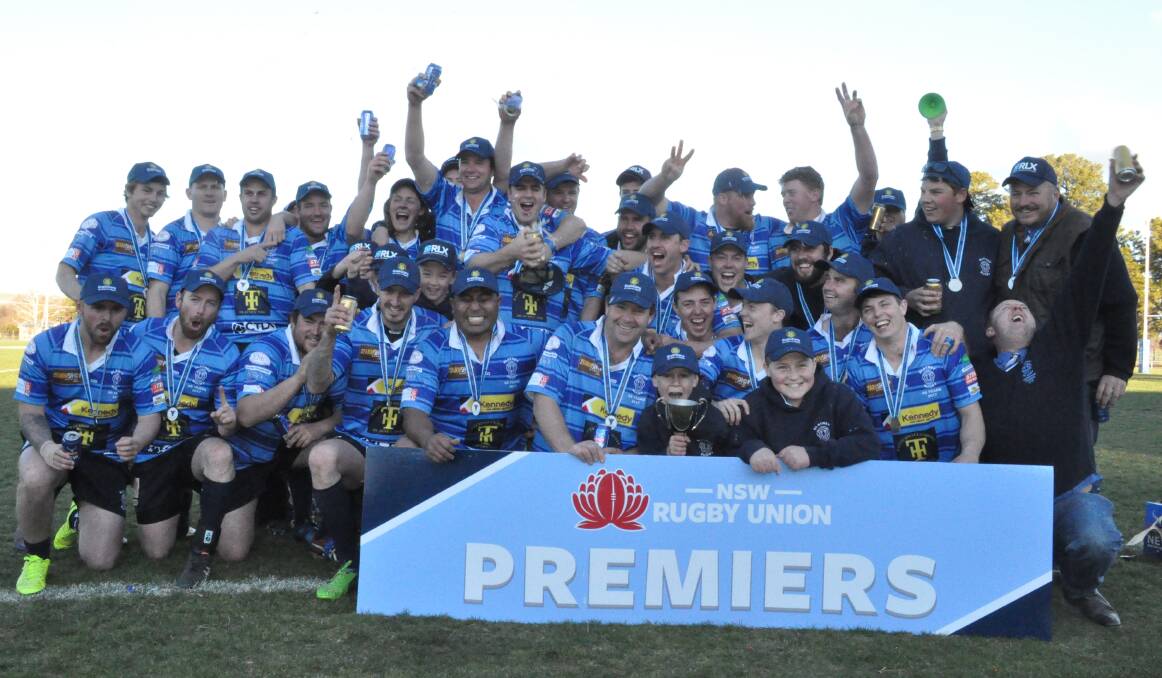
The Blayney Rams have returned to the format of Rugby Union they know and love: one team, lots of players, and a long drive on a Saturday to play.
Subscribe now for unlimited access.
$0/
(min cost $0)
or signup to continue reading
President of the club Craig Gosewisch said that the decision to move from the New Holland Agricultural Cup to the Oilsplus Cup came about due to a number of considerations for the club.
Like the Blayney Bears, finding enough players every weekend to field two teams, as they had to do in the New Holland Cup, was proving difficult Gosewisch explained.
"We made a commitment for two years to the New Holland Cup and we really did give it our all, but we don't think that we'll have the player numbers this year to field the two teams, reserves and first grade, to be competitive," he said.
'We really need to shore our club up and Oilsplus had an opening so we decided to join up."
The Oilsplus Cup is the northern equivalent of the Graincorp Cup in which the Rams were very successful, winning three successive premierships from 2015 to 2017.
The move to the northern competition does mean that those long drives to places like Cootamundra and Temora that they endured during the Graincorp Cup, are back, albeit in a different direction.
"I think that Trangie and Coolah are the two that are the longest drive away," Gosewisch said.
The side aren't strangers to the towns to the north, the Rams played up that way over seven years ago, but the drought and rural decline has had an impact on some of the clubs.
"It really is a small town competition with towns like Coolah, Molong and Yeoval so it depends on who comes back to work on farms, or the new school teacher that turns up, will depend on what sort of players they'll get," Gosewisch said.
READ ALSO: Blayney Bears need under 18's players
With one side though comes a dilemma that many footy clubs would welcome, picking just one side out of a number of keen, high quality players.
"Not having to chase players to field two sides will make organisation a lot easier," he said.
"The other problem though is that you have to pick a starting side out of hopefully 25-30 players."


